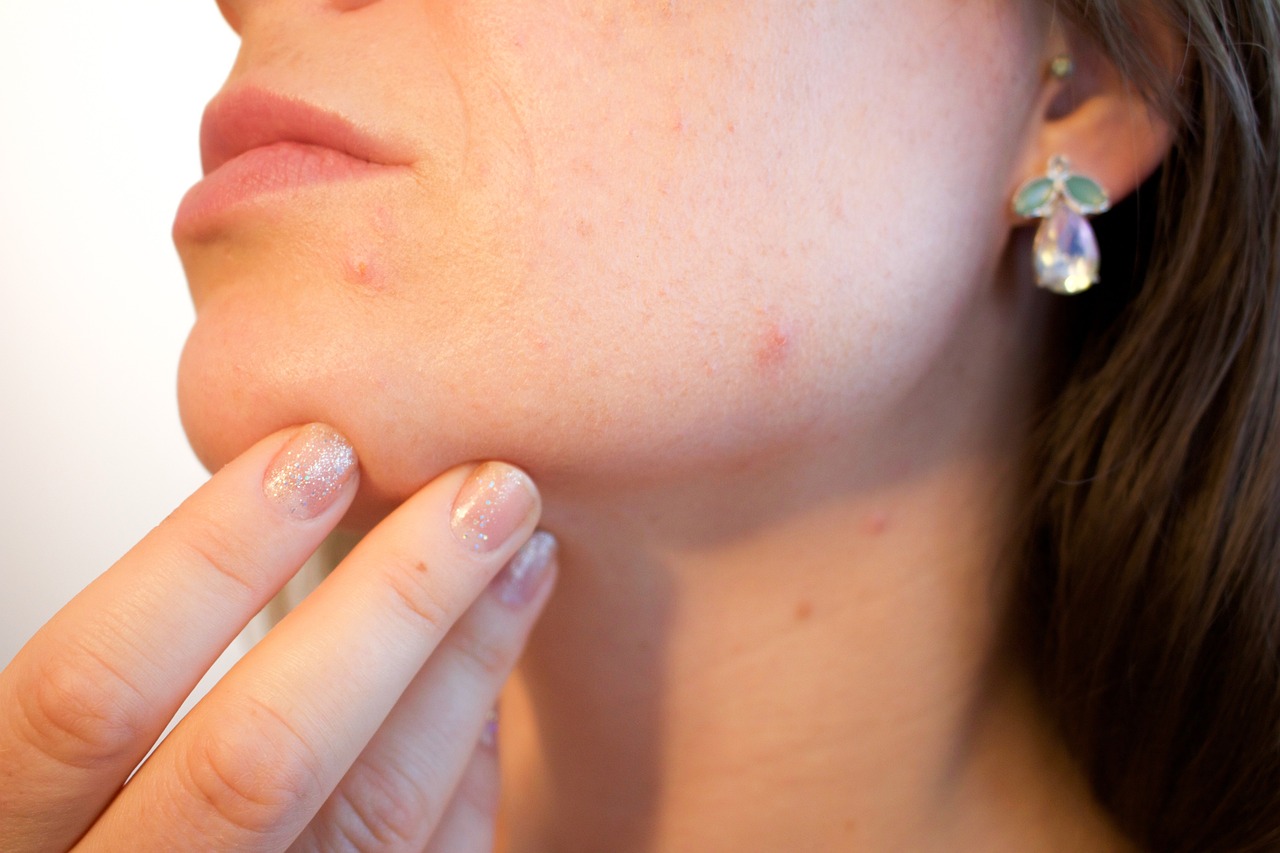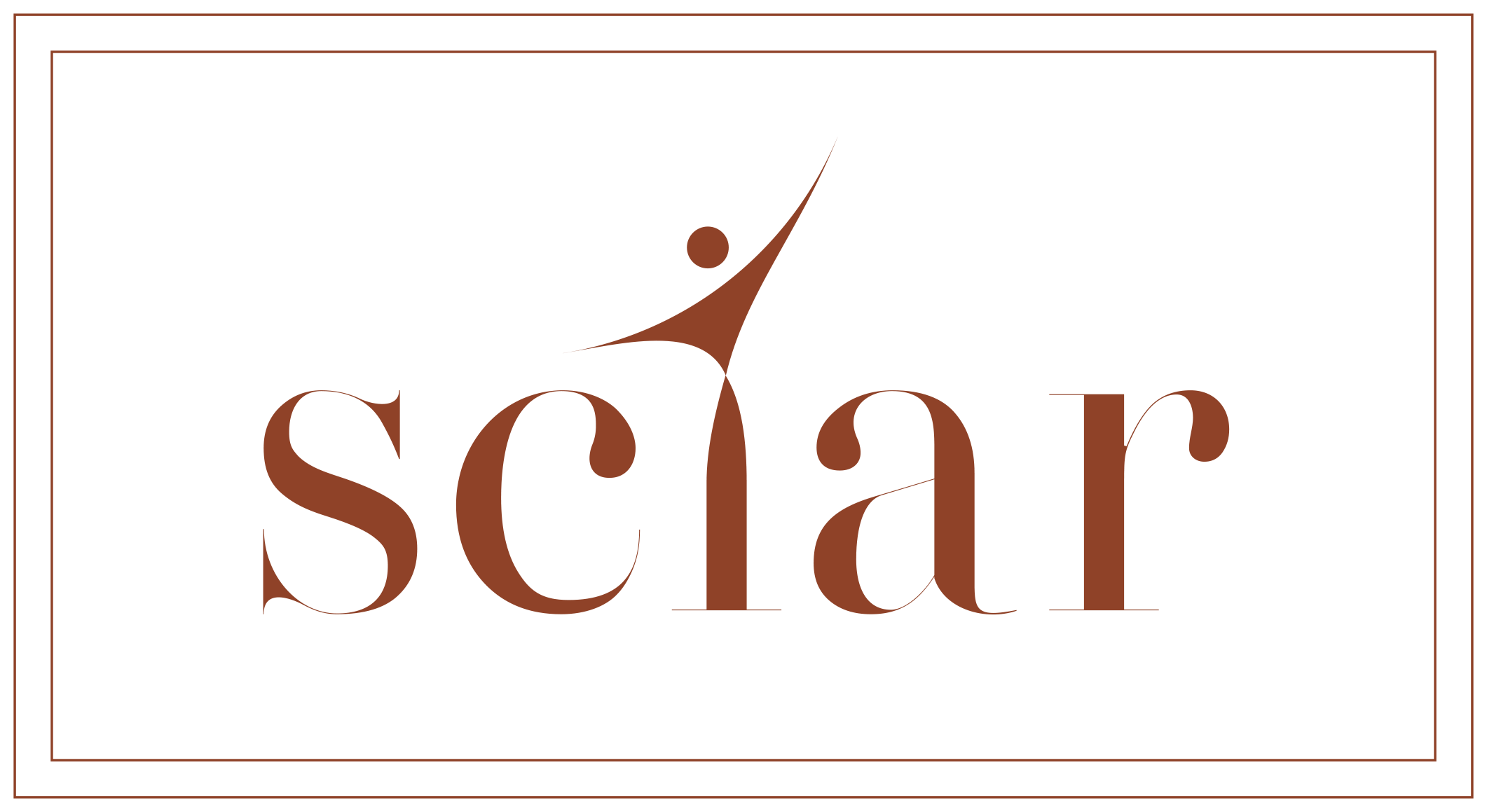
Apeirian platonem philosophia id vel, eos ne facilis contentiones, eam no brute oratio deleniti.
Principal Scientist, Translational BiologyGlycolic Acid in Cosmetics: A Comprehensive Overview
Glycolic acid, a prominent member of the alpha hydroxy acid (AHA) family, has gained significant traction in the cosmetic industry for its powerful exfoliating properties and skin benefits. Derived from sugarcane, glycolic acid is known for its ability to penetrate the skin effectively, making it a favored ingredient in various skincare formulations. This article delves into the science behind glycolic acid, its benefits, applications, potential side effects, and recommendations for its use in cosmetic products.
What is Glycolic Acid?
Glycolic acid is the smallest AHA, which allows it to penetrate the skin more easily than larger molecules. Its chemical structure consists of two carbon atoms, making it a simple yet effective compound. Due to its small size, glycolic acid can easily exfoliate the outer layer of dead skin cells, revealing fresh, healthy skin underneath.
Benefits of Glycolic Acid
- Exfoliation: The primary function of glycolic acid in skincare is to exfoliate the skin. It loosens the bonds between dead skin cells, promoting cell turnover and preventing clogged pores. This results in a smoother skin texture and a brighter complexion.
- Anti-Aging Properties: Glycolic acid stimulates collagen production, which is crucial for maintaining skin elasticity and reducing the appearance of fine lines and wrinkles. Regular use can lead to a more youthful-looking skin.
- Hyperpigmentation Treatment: Glycolic acid is effective in treating hyperpigmentation, including sunspots and melasma. By accelerating cell turnover, it helps to fade dark spots and even out skin tone over time.
- Acne Management: The exfoliating properties of glycolic acid help in preventing acne breakouts by keeping pores clear of debris. It can also reduce post-inflammatory hyperpigmentation, which often follows acne.
- Moisturizing Effects: Glycolic acid has been shown to improve skin hydration by enhancing the skin’s natural moisture retention. This can result in a plumper and more supple appearance.


Applications in Cosmetic Products
Glycolic acid is widely used in a variety of cosmetic formulations, including:
- Cleansers: Glycolic acid cleansers can help in removing dead skin cells and excess oil, making them ideal for oily and acne-prone skin.
- Toners: Toners with glycolic acid help to balance the skin’s pH and provide a deeper exfoliation after cleansing.
- Serums: Concentrated glycolic acid serums offer targeted treatment for specific concerns, such as fine lines, uneven skin tone, and acne.
- Peels: Professional chemical peels with higher concentrations of glycolic acid are available at dermatology clinics and spas. These treatments provide significant exfoliation and rejuvenation effects.
- Moisturizers: Some moisturizers incorporate glycolic acid to offer exfoliation and hydration in one product, making it suitable for daily use.
Recommendations for Use
- Start Slowly: Begin with lower concentrations (around 5-10%) and gradually increase as your skin builds tolerance.
- Frequency: Use glycolic acid products 2-3 times a week initially, and adjust based on your skin’s response. Daily use may be suitable for some but can be too aggressive for others.
- Sun Protection: Always apply sunscreen during the day, as glycolic acid can make your skin more prone to sun damage.
Conclusion
Glycolic acid is a versatile and effective ingredient in cosmetic formulations, known for its exfoliating and skin-rejuvenating properties. Its ability to enhance skin texture, reduce signs of aging, and manage acne makes it a popular choice among skincare enthusiasts. However, it’s essential to use it correctly and responsibly to maximize its benefits while minimizing potential side effects. With the right approach, glycolic acid can be a powerful ally in achieving healthy, radiant skin.



